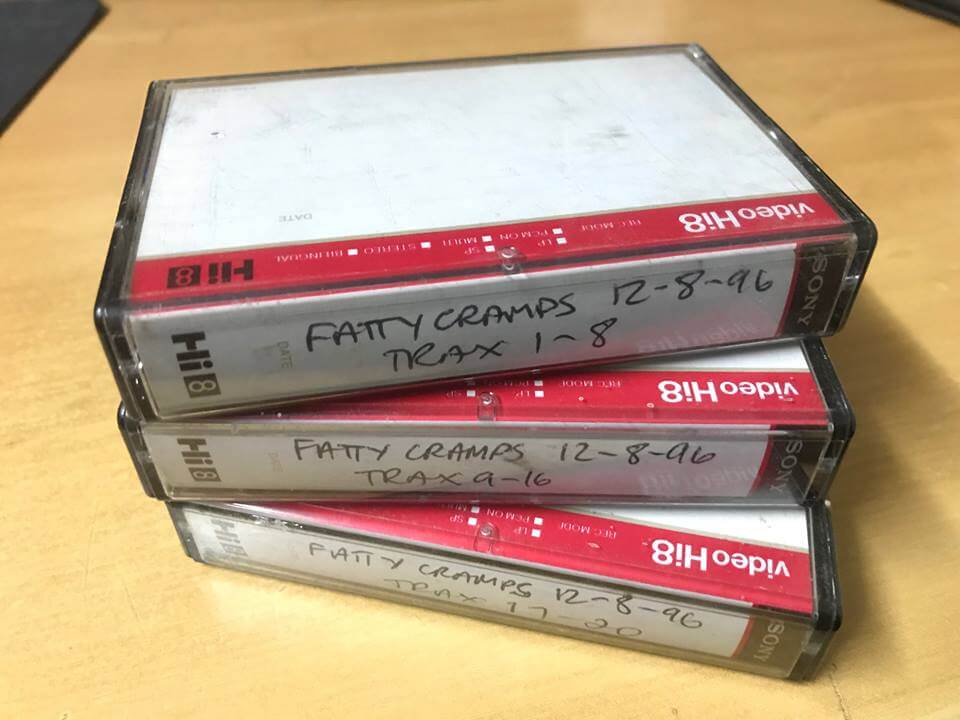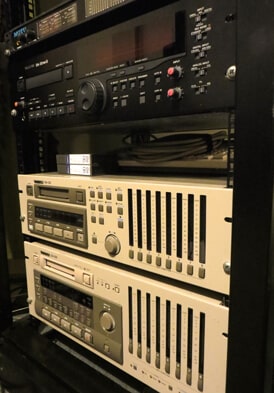I have a Fostex B-16 tape machine which I have posted about elsewhere on this website. Produced around 1983 to 1986, it is a 16 track recorder that uses 1/2 inch tape.
I got my machine in the mid-late 90s, it was my first “real” multi-track recorder. It has always been in good condition, worked well and I enjoyed working with it, but it has seen little use from the early 2000s …. until recently.
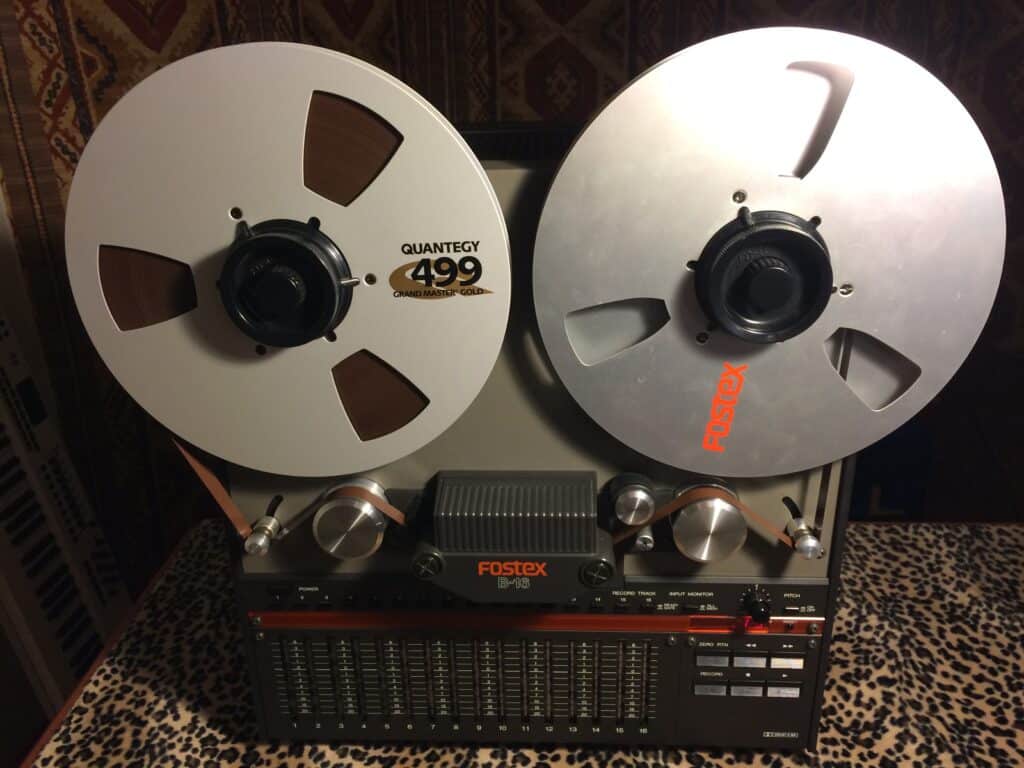
In the last few years there has been an increasing amount of work for this machine transferring old 1/2″ 16 track tape to digital for people all around the country. With the increase of use, this 25 year old machine has started to show signs of its age and it has become harder to keep this machine operating within spec – in particular tracks 1 & 16 becoming harder to align properly and keep within the manufacturers specification of +/- 3dB, 40Hz to 18kHz.
My main suspicion was that the head was beginning to show signs of uneven wear.
After some research and ringing around I got some help from Stephen Crane from the 301 Studios engineering dept.
301 have a similar machine (Fostex E-16) that is currently not working but Stephen generously suggested that I take my machine to 301 and substitute parts from their machine to either confirm my suspicions about head wear or otherwise determine the cause of the playback issues.
So, I spent a day at 301 in their engineering, maintenance, repairs room disassembling the 2 machines and testing parts. And … what do you know?? The head from their machine in my machine proved that the 2 outer tracks of my head had worn.
Analogue audio heads for tape machines are essentially not manufactured anymore and haven’t been for many years. 1/4″ stereo heads are still sort-of available on the second hand market. But a 1/2″ 16 track head from a pro-sumer tape machine made in the 80s is virtually impossible to find, and even if one did pop up for sale, the chances of it being in good working order would be vanishingly small.
Stephen told me I had no option but to re-lap the head, that there are a few people in the country who could do the job if I needed but that re-lapping is actually pretty easy and that I should do it myself.
He lent me his Studer re-lapping block, gave me a few instructions and sent me on my way.
Up until this point I had very little knowledge of re-lapping other than it meant grinding the surface of the head with sandpaper.
I’m always keen to give things a go, but the idea of learning how to re-lap a head, and doing my first one all on my own with a head that is irreplaceable scared the pants off me.
So I googled the hell out of it and found a bunch of useful information and tips.
I got all the required materials and equipment together. In particular, I decided to use a larger piece of plate glass as my surface instead of the smaller Studer block so a whole piece of paper could sit flat. And then I waited for a day when I had nothing on and I felt calm, peaceful and had all the patience in the world.
Covid-19 brought that day sooner than I expected.
I disassembled the headblock and examined the head using a (handily cheap) USB microscope. The microscope revealed some damage on the head.
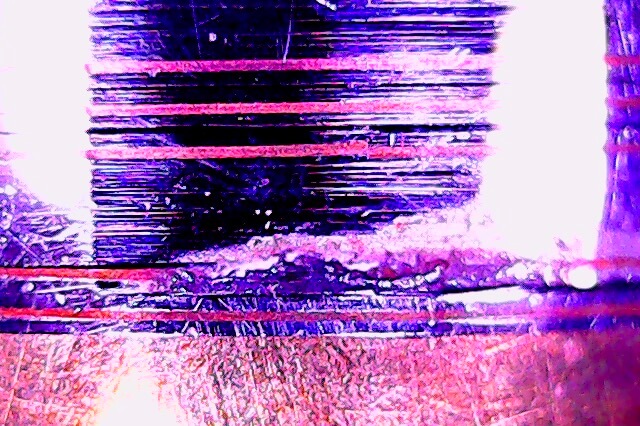
Then the re-lapping began. I was so paranoid about ruining the head that I only did one or 2 passes on the papers before inspecting the head to check progress.
I ended up using 4 grades of paper – 1200 and 2000 wet & dry, and 3 & 1 micron lapping film.


The bubbles under paper took a bit to work around
It took me a long time because of my slow and probably over-cautious approach but the results looked amazing.
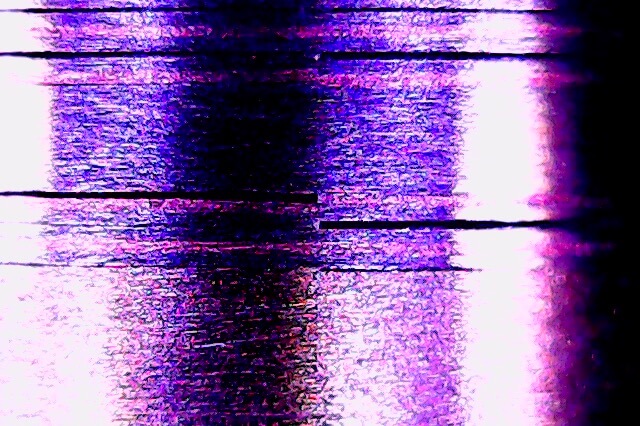
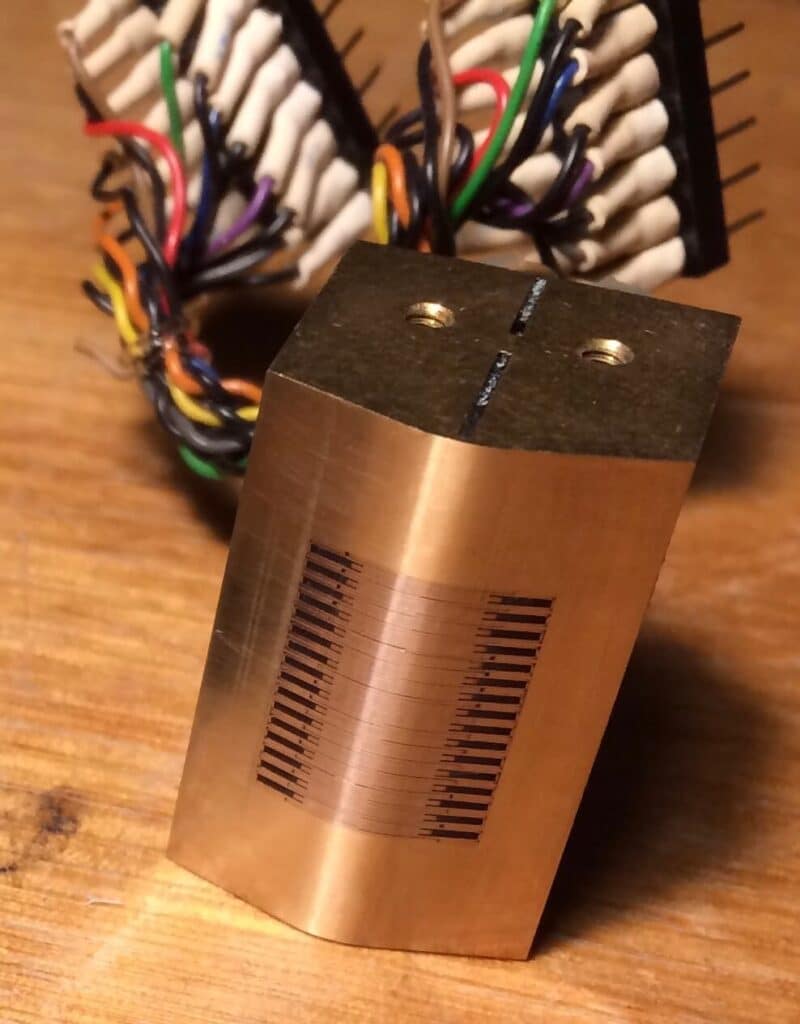
Not only does the head look shiny and new, but once I had re-installed the head and gave it a test run, it appeared to be playing back beautifully.
The following day I put the machine on the Lindos test set, threaded up the test tape and put it through its paces.
The results are far better than I hoped.
All tracks now not only meet the frequency response spec of +/- 3dB, 40Hz-18kHz but they beat it.
All tracks are less than +/- 2dB across the range, and are only +/- 0.5 dB from 100Hz to 10kHz.
Excellent for ~35 year old machine that was designed for consumer / home / project studio use.
I would like to especially thank Stephen Crane for all of his help and for giving me the confidence to undertake this project. It has given my machine a new lease of life and future audio digitisation.


